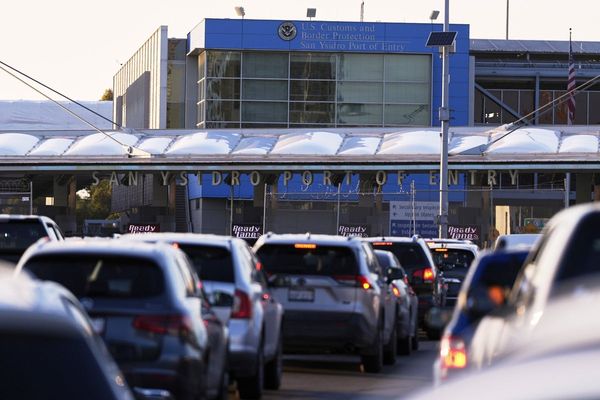
The London smog was caused by a mix of pollution and fog
(Picture: Nicholas T Ansell/PA)Seventy years ago, a thick smog covered London.
The city is no stranger to its bouts of fog, but nothing compared to the Great Smog which descended on London on December 5, 1952.
The smoke-like pollution became so toxic it left thousands dead and sick. It was reported that even cows choked to death in the fields from the smoke-laden weather phenomena.
London is still facing a toxic air problem today, but new laws aim to significantly reduce the level of toxicity in the capital’s air.
A brief history of London’s smog problem
Smog had been a problem in London since the 1700s, amid the Industrial Revolution.
During this time, Britain witnessed a dramatic increase in air pollutant emissions associated with the burning of coal.
Factories at the time were known to emit gases and particles into the atmosphere resulting in high levels of pollutants.
As water tends to cling to tiny particles of pollutants in the air the result becomes polluted fog.
The type of fog which occurred back in 1952 was a foul-smelling and dirty yellow smog with some areas being so affected that people were unable to see their feet.
What was the Great Smog of London?
On December 5, 1952, London woke up to a thick smog that had descended on the capital.
Known as the Great Smog, the deadly weather event caused five days of destruction. Transport was restricted, including ambulances, and people were forced to abandon their cars in the street. Due to low visibility, crime on the street also increased.
Around 10,000 people died and roughly 200,000 people were left with medical conditions.
The deadly fog that engulfed the capital was a type of air pollution created by natural weather patterns and industrial output, a mixture of smoke and fog.
Even as the smog descended onto the city, Winston Churchill, the Prime Minister at the time, insisted on continuing to burn coal to give the illusion of a solid economy. He claimed the smog was in fact fog that would eventually lift.
It wasn’t until his secretary, Venetia Scott, suffered an accident caused by the toxic air that Churchill took action - enacting stricter laws relating to air pollution.
These laws included the Clean Air Acts of 1956 and 1968, which banned emissions of black smoke and decreed residents of urban areas and operators of factories to convert to smokeless fuels.
The Clean Air Act also gave local authorities the power to control emissions of smoke, grit, dust and fumes from industrial premises and furnaces, and set up smoke control zones.
Why did the Great Smog occur?
In 1952, the city ran on cheap coal to generate power in order to heat homes. This, alongside diesel-powered buses, contributed to the smog.
London is contained in a large river valley, which limits air circulation. On December 4, the cold air blanked the region, trapping the warmer air below.
Toxins from homes, cars, and factories then polluted the warmer air. Then, when the cold air became trapped too, sulphur dioxide, carbon dioxide, and smoke particles combined in a deadly mix.
How toxic is London’s air today?
There are two main air pollutants of concern in London which include nitrogen dioxide (NO2).
Reports reveal that tens of thousands of Londoners breathe polluted air and 99 per cent of Londoners live in areas exceeding the World Health Organisation (WHO) recommended guidelines.
“Toxic air pollution is the biggest environmental risk to Londoners’ health, and traffic emissions are the biggest source of toxic air in London,” says Transport for London.
It adds: “Toxic air pollution increases your risk of heart and lung disease, worsens chronic illnesses such as asthma, and puts children’s health at risk.
“The aim of the expanded ULEZ is to help reduce harmful nitrogen dioxide by around 30 per cent across London.”
Check if your vehicle meets the standards at https://tfl.gov.uk/modes/driving/check-your-vehicle/







